Raw cashew nuts in shell, also known as “RCN,” play a pivotal role in the global cashew trade. From being a tropical delicacy to a major cash crop in many developing countries, raw cashew nuts have gained widespread popularity for their nutritional value, versatile applications, and attractive economic prospects. This summary aims to provide an overview of the global market for raw cashew nuts, including their cultivation, processing, market trends, challenges, and potential opportunities. 1. Cultivation and Production: Raw cashew nuts are the seeds of the cashew tree (Anacardium occidentale) and thrive in tropical regions, primarily found in Africa, Asia, and Latin America. Major cashew-producing countries include Vietnam, India, Nigeria, Côte d’Ivoire, and Indonesia, among others. The cultivation process involves planting cashew tree seedlings, which take several years to reach full maturity, and the cashew fruits are harvested once they ripen. The nuts, enclosed within a strong shell, are typically separated manually from the fruit or mechanically through processing units. 2. Processing and Value Addition: Raw cashew nuts in shell undergo several stages of processing to make them consumer-ready. The first step involves the removal of the cashew shell to expose the edible kernel. This process traditionally requires manual labor, but modern technologies and machinery have facilitated mechanized processing, resulting in higher efficiency and productivity. Value addition in the raw cashew industry extends beyond the removal of the shell, involving stages such as drying, grading, packaging, and storage to ensure high-quality end products ready for distribution. 3. Market Trends and Demand: The global cashew market has experienced significant growth over the past few decades, driven by increasing demand for raw cashew nuts. The growing popularity of plant-based diets, coupled with the nutritional benefits of cashews, has fueled the market’s expansion. The demand for raw cashew nuts is not limited to the nut itself but extends to various processed forms such as cashew kernels, cashew paste, cashew butter, and cashew-based snacks. The market size for raw cashew nuts is influenced by factors such as population growth, economic development, dietary preferences, and changing consumer lifestyles. 4. International Trade and Export Opportunities: Raw cashew nuts are highly traded commodities on the international market. Exporting countries generate significant revenues through the sale of raw cashew nuts, with Vietnam and India holding prominent positions as the largest exporters. The demand for raw cashew nuts in shell is driven by countries with processing capabilities, such as Vietnam, India, Brazil, and a few African countries. These nations import raw cashew nuts for processing into cashew kernels, which are subsequently exported to meet global demand. 5. Challenges and Opportunities: The global raw cashew nut industry faces various challenges that impact production and trade.

nut
 2. Plant-Based Diets: The growing shift towards plant-based diets has further fueled the demand for raw cashew nuts in shell. Cashews serve as an excellent source of plant-based protein, making them a preferred choice for individuals following vegetarian or vegan diets. The versatility of cashews in various culinary applications, such as nut milk, vegan cheese, and meat alternatives, has expanded their popularity. 3. Snack Food Industry: The snack food and healthy snacking segment is witnessing significant growth, with consumers looking for nutritious and convenient options. Raw cashew nuts in shell are an ideal snacking option due to their crunchy texture, mild flavor, and nutritional content. The market for cashew-based snacks, including roasted cashews, flavored cashews, and mixed nut blends, is expanding rapidly. 4. Rising Disposable Income: As disposable incomes increase globally, consumers are willing to spend more on quality food products. Raw cashew nuts in shell, being a premium product, command higher prices in the market. This trend presents a favorable opportunity for businesses involved in the supply chain, from cultivation to processing and distribution. II. Processing and Value Addition Processing raw cashew nuts in shell involves several stages aimed at enhancing their shelf life, quality, and market value. 1. Shell Removal: The initial processing step involves removing the hard shell from the raw cashew nuts. Traditionally, this has been a labor-intensive manual process. However, advancements in technology have introduced automated cracking and shelling machines, improving efficiency and reducing labor costs for large-scale processors. 2. Drying: After shell removal, the cashew kernels are usually dried to reduce moisture content and prevent microbial growth. Sun drying and mechanical drying methods are commonly employed, ensuring a moisture level suitable for storage and further processing. 3. Grading and Sorting: Cashew kernels are graded and sorted based on various factors such as size, color, and quality. The grading process helps streamline the market by categorizing cashew kernels into different grades, ranging from whole kernels (W-K) to broken pieces (KOR).
2. Plant-Based Diets: The growing shift towards plant-based diets has further fueled the demand for raw cashew nuts in shell. Cashews serve as an excellent source of plant-based protein, making them a preferred choice for individuals following vegetarian or vegan diets. The versatility of cashews in various culinary applications, such as nut milk, vegan cheese, and meat alternatives, has expanded their popularity. 3. Snack Food Industry: The snack food and healthy snacking segment is witnessing significant growth, with consumers looking for nutritious and convenient options. Raw cashew nuts in shell are an ideal snacking option due to their crunchy texture, mild flavor, and nutritional content. The market for cashew-based snacks, including roasted cashews, flavored cashews, and mixed nut blends, is expanding rapidly. 4. Rising Disposable Income: As disposable incomes increase globally, consumers are willing to spend more on quality food products. Raw cashew nuts in shell, being a premium product, command higher prices in the market. This trend presents a favorable opportunity for businesses involved in the supply chain, from cultivation to processing and distribution. II. Processing and Value Addition Processing raw cashew nuts in shell involves several stages aimed at enhancing their shelf life, quality, and market value. 1. Shell Removal: The initial processing step involves removing the hard shell from the raw cashew nuts. Traditionally, this has been a labor-intensive manual process. However, advancements in technology have introduced automated cracking and shelling machines, improving efficiency and reducing labor costs for large-scale processors. 2. Drying: After shell removal, the cashew kernels are usually dried to reduce moisture content and prevent microbial growth. Sun drying and mechanical drying methods are commonly employed, ensuring a moisture level suitable for storage and further processing. 3. Grading and Sorting: Cashew kernels are graded and sorted based on various factors such as size, color, and quality. The grading process helps streamline the market by categorizing cashew kernels into different grades, ranging from whole kernels (W-K) to broken pieces (KOR).
Specifications of nut
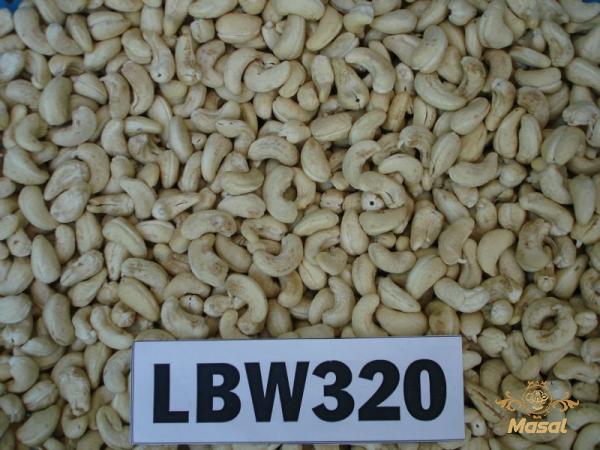 This ensures consistent quality and customer satisfaction. 4. Packaging: Proper packaging is essential to maintain the quality and freshness of raw cashew nuts. Packaging materials should be moisture-resistant and provide adequate protection against physical damage during transportation. Customized packaging options, such as vacuum-sealed bags or nitrogen-flushed containers, help extend the shelf life of the product. III. Export Opportunities and Major Players The export market for raw cashew nuts in shell is highly competitive, with several key players dominating the industry: 1. Vietnam: Vietnam holds a dominant position in the global cashew industry, both in terms of raw cashew nut production and processing. The country exports a substantial portion of its raw cashew nuts to processing countries, primarily India. Vietnamese processors have also invested in modern processing facilities, enabling them to cater to diverse global markets. 2. India: India is a significant player in both raw cashew nut processing and consumption. The country imports raw cashew nuts and processes them into various cashew kernel grades for domestic consumption and export. Indian companies are renowned for their expertise in processing, packaging, and value addition, contributing to India’s strong presence in the global cashew market. 3. African Countries: Several African nations including Nigeria, Côte d’Ivoire, Tanzania, and Benin, have emerged as major raw cashew nut producers. These countries export their raw cashew nuts to processing nations while also developing their own processing capabilities. African countries possess vast cashew-growing regions and the potential for further market growth.
This ensures consistent quality and customer satisfaction. 4. Packaging: Proper packaging is essential to maintain the quality and freshness of raw cashew nuts. Packaging materials should be moisture-resistant and provide adequate protection against physical damage during transportation. Customized packaging options, such as vacuum-sealed bags or nitrogen-flushed containers, help extend the shelf life of the product. III. Export Opportunities and Major Players The export market for raw cashew nuts in shell is highly competitive, with several key players dominating the industry: 1. Vietnam: Vietnam holds a dominant position in the global cashew industry, both in terms of raw cashew nut production and processing. The country exports a substantial portion of its raw cashew nuts to processing countries, primarily India. Vietnamese processors have also invested in modern processing facilities, enabling them to cater to diverse global markets. 2. India: India is a significant player in both raw cashew nut processing and consumption. The country imports raw cashew nuts and processes them into various cashew kernel grades for domestic consumption and export. Indian companies are renowned for their expertise in processing, packaging, and value addition, contributing to India’s strong presence in the global cashew market. 3. African Countries: Several African nations including Nigeria, Côte d’Ivoire, Tanzania, and Benin, have emerged as major raw cashew nut producers. These countries export their raw cashew nuts to processing nations while also developing their own processing capabilities. African countries possess vast cashew-growing regions and the potential for further market growth.
buy nut
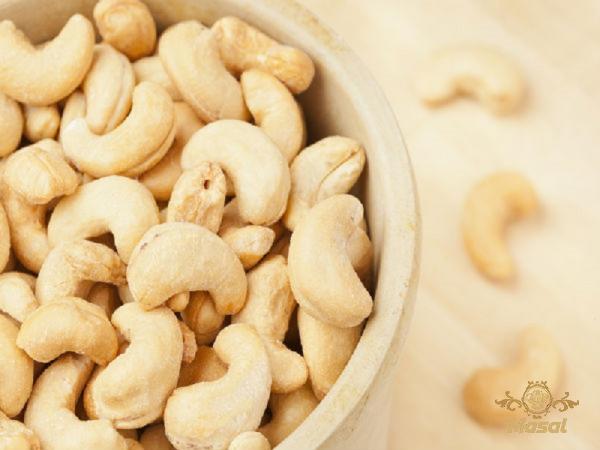 IV. Challenges and Sustainability Initiatives While the raw cashew nut industry presents ample opportunities, it also faces certain challenges that need to be addressed: 1. Climate Change: Cashew trees are susceptible to climate change impacts, including irregular rainfall patterns and increased pest and disease prevalence. Droughts and heavy rains can negatively affect cashew yields, posing a threat to overall production and supply. 2. Infrastructure Limitations: Lack of modern processing infrastructure, particularly in producing countries, hampers quality control and efficiency. Investing in modern processing plants, storage facilities, and transportation infrastructure is crucial to enhance product quality and reduce post-harvest losses. 3. Price Volatility: The prices of raw cashew nuts are subject to significant fluctuations influenced by factors such as global supply and demand dynamics, weather conditions, and geopolitical shifts. These price fluctuations can impact both producers and processors, leading to uncertainty in the market. 4. Sustainable Farming Practices: Encouraging sustainable farming practices, such as agroforestry and integrated pest management, can mitigate the environmental impact of cashew cultivation. Implementing sustainable practices ensures environmental conservation, improves soil health, and enhances the long-term viability of the industry. V. Conclusion The raw cashew nut industry presents a plethora of business opportunities as the demand for cashew-based products continues to rise. From cultivation to processing and export, businesses can leverage the growing global market for raw cashew nuts in shell and their processed forms. Overcoming challenges related to climate change, infrastructure limitations, and price volatility is crucial. Embracing sustainable practices and investing in modern processing technologies will ensure the industry’s long-term growth and sustainability. As consumer preferences shift towards healthier and plant-based options, the raw cashew nut market is poised for continued expansion, offering extensive possibilities for entrepreneurs and businesses worldwide.
IV. Challenges and Sustainability Initiatives While the raw cashew nut industry presents ample opportunities, it also faces certain challenges that need to be addressed: 1. Climate Change: Cashew trees are susceptible to climate change impacts, including irregular rainfall patterns and increased pest and disease prevalence. Droughts and heavy rains can negatively affect cashew yields, posing a threat to overall production and supply. 2. Infrastructure Limitations: Lack of modern processing infrastructure, particularly in producing countries, hampers quality control and efficiency. Investing in modern processing plants, storage facilities, and transportation infrastructure is crucial to enhance product quality and reduce post-harvest losses. 3. Price Volatility: The prices of raw cashew nuts are subject to significant fluctuations influenced by factors such as global supply and demand dynamics, weather conditions, and geopolitical shifts. These price fluctuations can impact both producers and processors, leading to uncertainty in the market. 4. Sustainable Farming Practices: Encouraging sustainable farming practices, such as agroforestry and integrated pest management, can mitigate the environmental impact of cashew cultivation. Implementing sustainable practices ensures environmental conservation, improves soil health, and enhances the long-term viability of the industry. V. Conclusion The raw cashew nut industry presents a plethora of business opportunities as the demand for cashew-based products continues to rise. From cultivation to processing and export, businesses can leverage the growing global market for raw cashew nuts in shell and their processed forms. Overcoming challenges related to climate change, infrastructure limitations, and price volatility is crucial. Embracing sustainable practices and investing in modern processing technologies will ensure the industry’s long-term growth and sustainability. As consumer preferences shift towards healthier and plant-based options, the raw cashew nut market is poised for continued expansion, offering extensive possibilities for entrepreneurs and businesses worldwide.



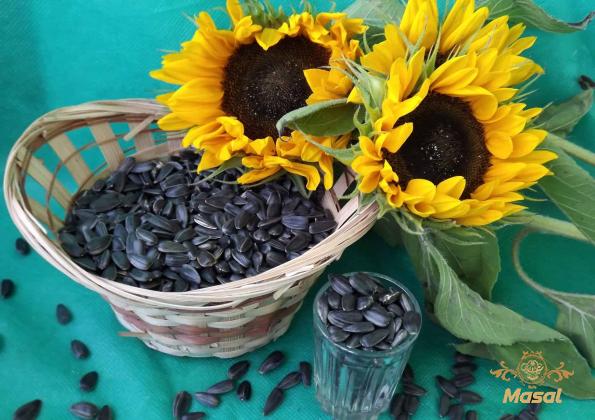


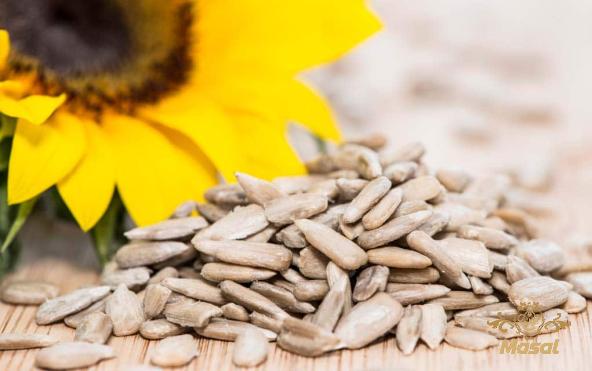
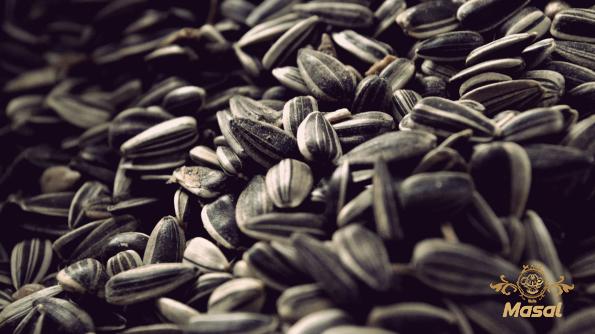

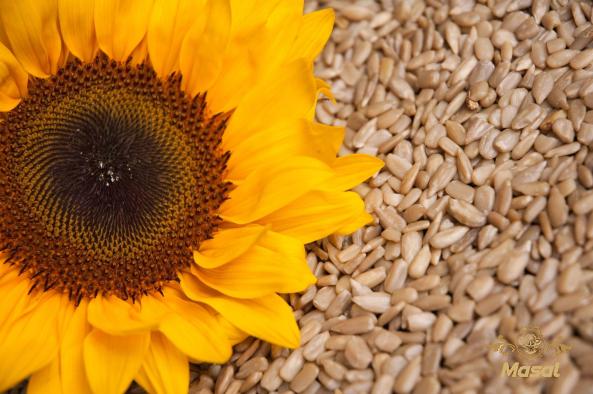
Your comment submitted.